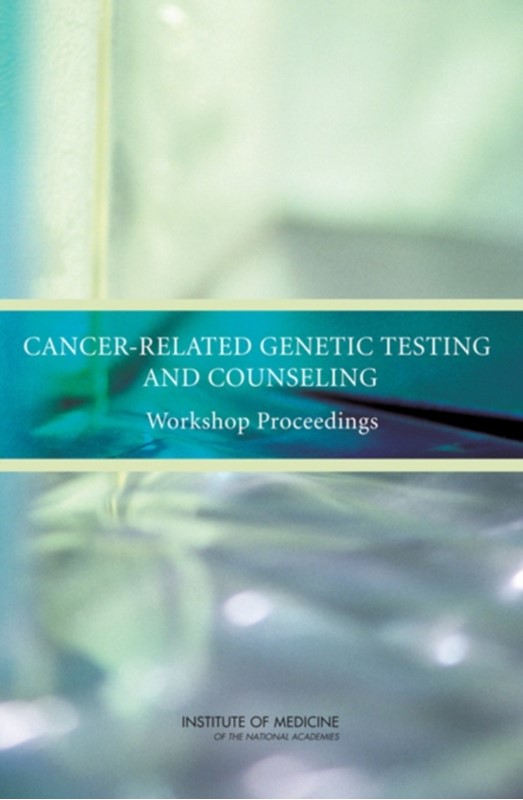Statistics, Testing, and Defense Acquisition - Division Of Behavioral And Social Sciences And Education - Bog - National Academies Press - Plusbog.dk
The Panel on Statistical Methods for Testing and Evaluating Defense Systems had a broad mandate—to examine the use of statistics in conjunction with defense testing. This involved examining methods for software testing, reliability test planning and estimation, validation of modeling and simulation, and use of modem techniques for experimental design. Given the breadth of these areas, including the great variety of applications and special issues that arise, making a contribution in each of these areas required that the Panel's work and recommendations be at a relatively general level. However, a variety of more specific research issues were either brought to the Panel's attention by members of the test and acquisition community, e.g., what was referred to as Dubin's challenge (addressed in the Panel's interim report), or were identified by members of the panel. In many of these cases the panel thought that a more in-depth analysis or a more detailed application of suggestions or recommendations made by the Panel would either be useful as input to its deliberations or could be used to help communicate more individual views of members of the Panel to the defense test community. This resulted in several research efforts. Given various criteria, especially immediate relevance to the test and acquisition community, the Panel has decided to make available three technical or background papers, each authored by a Panel member jointly with a colleague. These papers are individual contributions and are not a consensus product of the Panel; however, the Panel has drawn from these papers in preparation of its final report: Statistics, Testing, and Defense Acquisition. The Panel has found each of these papers to be extremely useful and they are strongly recommended to readers of the Panel's final report. Table of ContentsFront MatterStrategic Information Generation and Transmission: The Evolution of Institutions in DoD Operational TestingOn the Performance of Weibull Life Tests Based on Exponential Life Testing DesignsApplication of Statistical Science to Testing and Evaluating Software Intensive Systems



























